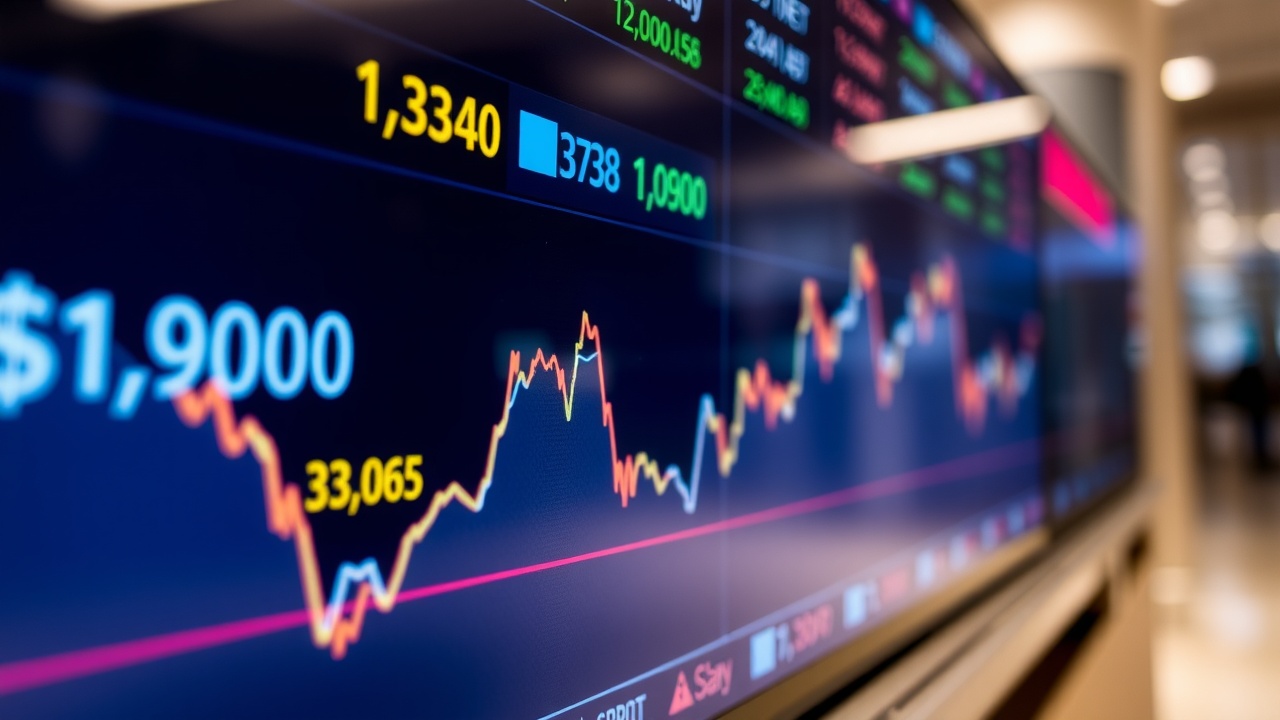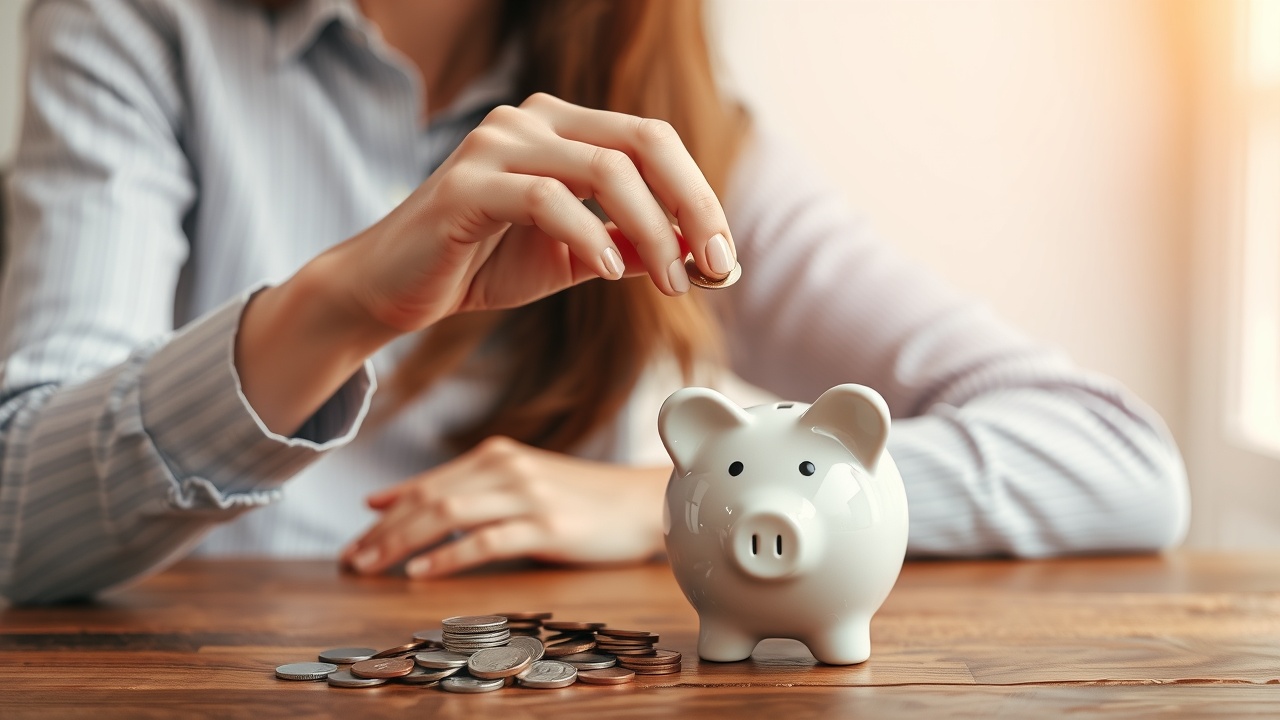
A portfolio can benefit greatly from bond investments in terms of income and diversity
Why would it make sense to purchase bonds now?
Historically, one of the main pillars of a diversified portfolio has been bonds. Bonds, in addition to stocks, assist investors in striking a balance between risk and return.
As a result, bonds were used as safe investments and stocks as riskier ones. To provide some security in the event that share prices fall, a balanced portfolio might have 40% invested in bonds and 60% in equities, which are riskier, higher-growth assets like funds, stocks, and trusts.
However, like most investing customs, this general rule has been questioned. Particularly during times of high inflation and volatility, like the past two years, there is frequently a correlation between the bond and equity markets.
Additionally, treating all bonds the same way is similar to treating all stocks the same way. There are still high-risk and low-risk bonds, even though bonds typically yield more consistent, smooth returns than stocks.
Oliver Faizallah, head of fixed income research at Charles Stanley, tells BFIA that while you want to earn a return on your bond investments, just like you would with any other asset class, bonds can also be used as a diversifier. "A bond investment may be suitable for one investor type but not for another.
What are the essentials of bond investing, and is this the ideal time to purchase?
Bond investing: the fundamentals.
A bond is essentially an IOU; it is a sum of money that governments or big businesses issue. By purchasing a bond from the issuer, a person is essentially lending them money.
Bonds have two factors, just like any other loan (aside from the crucial question of who is borrowing money by issuing the bond, which will be discussed later): the amount of interest that must be paid and the deadline for repaying the debt. These are known as the coupon rate and the maturity date, respectively, when discussing bonds.
A percentage of the initial loan is used to represent the coupon rate, i.e. E. commonly known as the bond's face value or par value, the price that the issuer charged for the bond.
Therefore, a £1,000 five-year bond with a five percent coupon rate will pay the bondholder £50 annually for five years. The bondholder will receive £1,000 upon its maturity.
Investors typically purchase bonds because of the income they produce. Bonds are rarely traded to realize price increases.
Is this a good time to buy bonds?
"As good a time as its ever been to buy bonds" is how Faizallah describes currently.
This is essentially due to the current economic environment, which combines high bond yields with relatively low, stable inflation; in other words, bonds are inexpensive, provide respectable returns, and are unlikely to be severely damaged by unchecked inflation anytime soon.
The yields on risk-free bonds, such as gilts (bonds issued by the UK government), have risen significantly over the last two years as inflation has gotten out of control.
Nevertheless, yields have stayed higher even after the Bank of England lowered interest rates and inflation sharply decreased. In fact, in the days preceding this writing, gilt yields hit levels not seen since the 2008 financial crisis.
"You are increasing your wealth in real terms by at least 2.5 percent if you purchase a five-year bond that pays more than 4.5 percent and you anticipate that inflation will be around 2 percent over the next two years.
Presuming a gilt or other high-grade bond (the UK government has never defaulted on its debt), that real (i.e. E. As risk-free as it gets for investors is an inflation-adjusted return.
On the other hand, Faizallah warns that the bond market's long-term outlook is unclear.
This would be "potentially worse for bonds" if the UK were to experience stagflation, for instance.
Bonds for taking chances?
When investing in bonds, there are two types of risk: default risk and credit risk.
Credit risk is basically the borrower's creditworthiness. The idea that more creditworthy borrowers pay lower interest rates on their loans is well-known to anyone who has ever taken out a loan or mortgage.
The bond markets are no different. Certain corporate (or governmental) borrowers are more risky than others, much like some stocks are riskier than others and offer higher returns in return. Although there is a higher default risk when purchasing bonds from them, there may also be higher returns.
According to Faizallah, some high-yield bonds are currently selling for about 75%. He claims that the return is "near equity-like." "High-yield bonds are actually paying a pretty good return, so I might purchase some of them. Drawdowns are possible in the event of a default, though they are likely to be less severe than equity.
That is, rather than considering bonds as merely a substitute for stocks, investors may want to include high-yield bonds in the riskier components of their portfolio.
Yield curve and duration risk.
Duration risk is associated with bond maturity. The risk that macroeconomic eventshigher inflation or interest rates, for examplewill reduce its value relative to other similar investments increases with the length of time.
Because of this, when all else is equal, longer-duration bonds typically offer a higher yield than shorter-duration bonds.
Faizallah explains, "The yield curve has a so-called normal shape when short-term yields are lower than long-term yields, causing it to slope upward." Because longer-dated bonds are more vulnerable to the possibility of rising interest rates or inflation, investors typically demand higher yields on these bonds.
This rule is broken when bond markets expect inflation or interest rates to rise more quickly than they will in the long run. Shorter-duration bond yields rise above longer-duration bond yields as a result. This is known as a yield curve inversion, and it frequently occurs before a recession.
For the majority of 2023 and 2024, the yield curve for government bonds in the US, UK, and Europe was inverted. Unusual central bank rate-cutting, however, led to yield curves uninverting without a recession.
How can bond investments be made?
GLDs and other government bonds can be purchased directly from the government, through investment brokers, or on stock exchanges. For instance, HM Debt Management Office and authorized agents are the direct sources of UK government bonds.
The minimum purchase amount for corporate bonds is typically £100,000, making them virtually unaffordable for the majority of individual investors. Nonetheless, you can purchase funds, like a bond exchange-traded fund (ETF), to increase your exposure to corporate bonds. The iShares £ High Yield Corp Bond UCITS ETF (LON:SHYU), for instance, provides exposure to high yield corporate bonds denominated in dollars and generated a return of 61.8 percent in 2024.














Leave a comment on: Is this a good time to buy bonds?